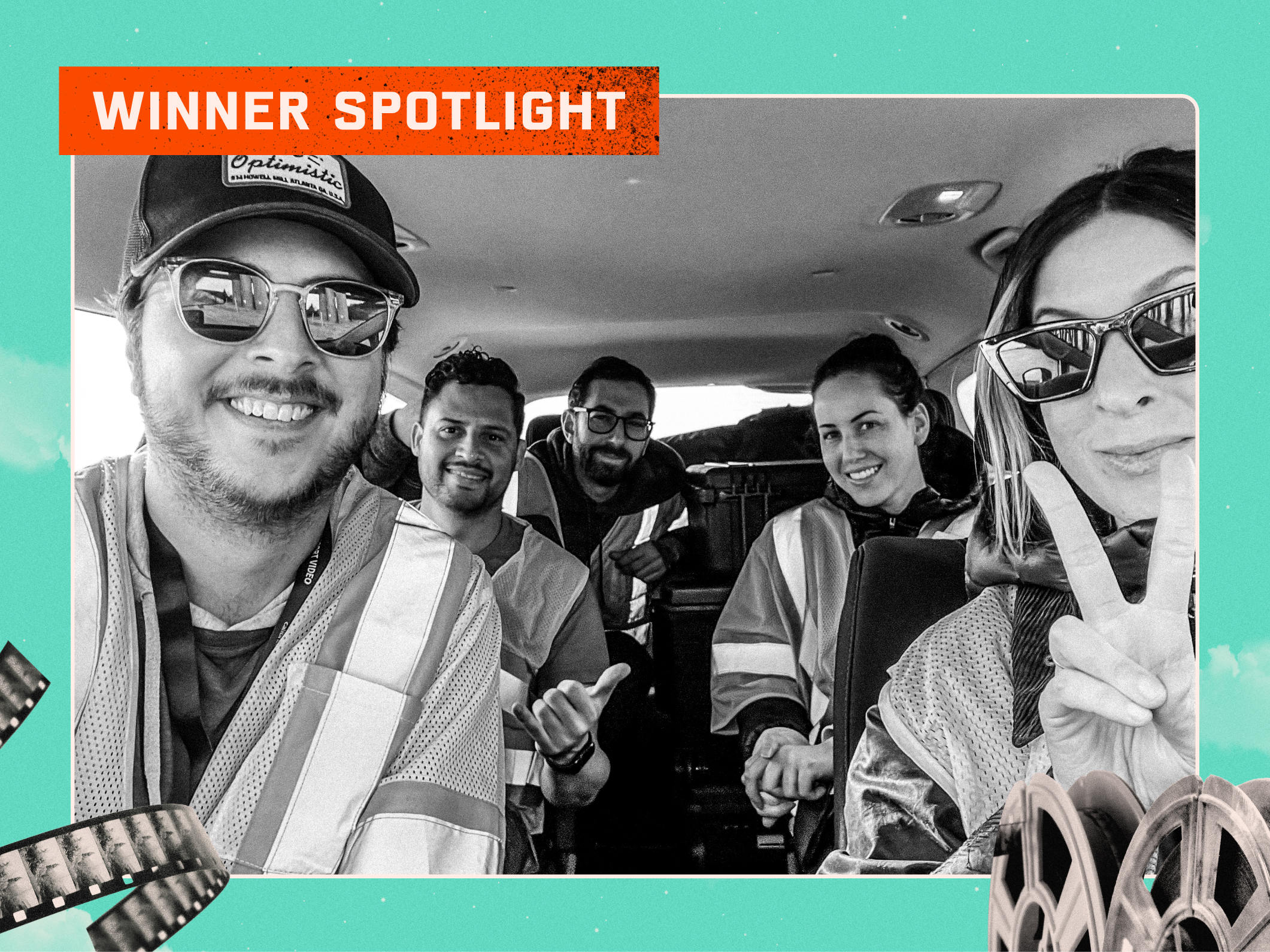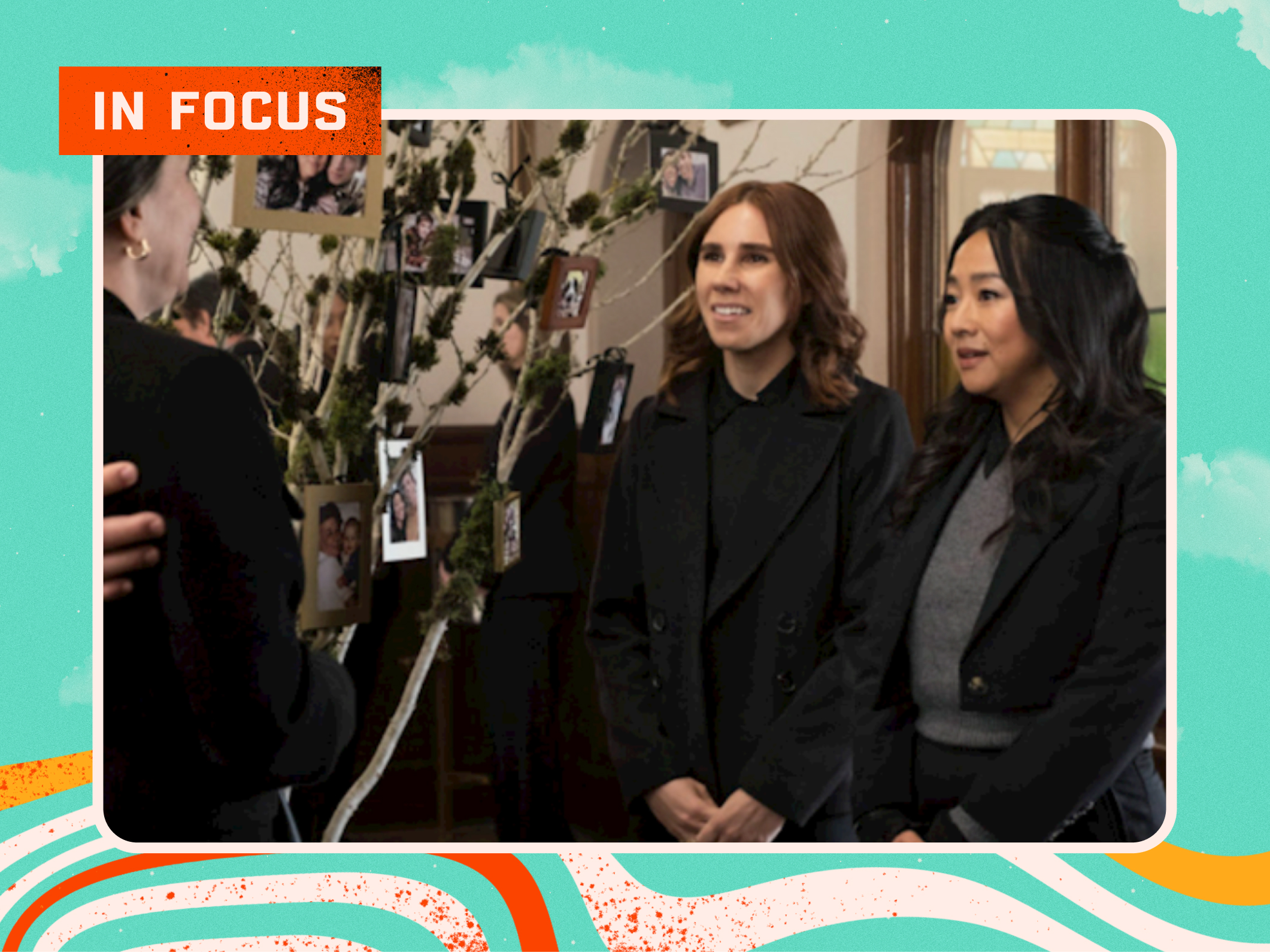Heather Menicucci oversees video strategy and production at Dotdash. She joined in April 2016 and is charged with building a distributed video strategy, focusing on social platforms, quality production at scale, and branded video content. Dotdash is among the fastest-growing publishers online, helping millions of users each month solve problems and get inspired.
What are the unique challenges with building a team for digital video production?
We all consume so much digital video across so many platforms—which is fantastic—but one of the biggest challenges for any video team is the sheer volume of video output that’s required to keep audiences engaged and deliver meaningful experiences. And, it’s not just more video you need. It’s video thoughtfully crafted for different experiences and audience interests, that all needs to be ROI positive in a shifting revenue landscape (just look at the recent announcements by both Apple and Google to limit auto-playing pre-roll).
As a video team, you need to be agile and efficient—able to produce a lot of video at a reasonable CPV. You need to develop a true understanding of audience experience on different platforms and translate that into production decisions. And you need to be able to balance quality with speed and cost. As the head of a video team, I’m looking for really special folks who can play an impactful part in our video effort and help us address all these challenges. I’m looking for people who have a unique creative vision because the final piece of the puzzle is: how do you stand out in the vast sea of digital video?
Videos are being published across so many platforms. How do you build a team and workflow that meets the needs of this kind of pipeline?
Dotdash’s brands (Verywell, The Balance, Lifewire, ThoughtCo., The Spruce, and TripSavvy) are new to the world. Part of my job, on the video front, is spreading news about our vibrant new properties across social media. Another part of my job is delivering fun, smart, instructional video to audiences looking to cook a particular dish, explore a new destination, or learn about the history of a topic for school. Our approach needs to be mindful of things like where the audience might find the video, where are they while they watch, if they are watching with audio on, and how much time they want to invest. Every platform, use case, and audience intention requires a fresh perspective.
The only reasonable way I find you can produce across multiple platforms and verticals is by creating mini-groups of experts within your team and giving them the space they need to actually become experts in that thing. We’ve tried a more scattershot approach and it really doesn’t work for us. Everyone needs time to see what’s working and what’s not, build on it, and improve. We need to be able to specialize, to some degree, in order to innovate.
How do you create a team and workflow that is able to meet these incredible volume needs?
This is truly a challenge. One way we solve it is by having a team that can easily expand and contract as our volume requirements shift. We have a core team of full- timers and then a small family of reliable contractors who we love working with and know us well. This allows us to respond quickly to the changing marketplace which we try to track religiously.
In the year I have been at Dotdash, we have never slipped into a mentality of “this is how we do it, so this is how we’ll do it.” We are always striving to improve what we make, how we make it, and how we deliver it to audiences. In order to do that, we strive for a team that is flexible not only in terms of size but also in their capabilities and interests. Passion for the work unites us but everyone brings a unique set of skills to the table that might be activated sort of unexpectedly as we respond to the market. I think that approach is part of who are at Dotdash and having spent seven years at a startup, that kind of agility is something I believe in.
What makes digital video producers unique today?
I think it’s especially challenging being a digital producer today in comparison, for example, to producing video pre-internet or in the early days of the internet… One thing that really strikes me is that producers must be creative and technically skilled, but they also need to be sociologists of sorts. In film school, one of my favorite teachers was a John Cassavetes expert and we talked a lot about how a true indie filmmaker doesn’t think too much about audience when they make a film. There’s truth to that, because it’s crucial for an artist to focus on the art. But today, digital video producers like us need to analyze what the audience is doing: Why are they watching? Where are they watching? What are they watching? Sharing? And more granularly, things like, at what point in this video do they stop watching, and why might that be? With all of the content out there for audiences to choose from, I don’t think you can afford to not be studying these questions and applying what you learn about your audience to everything you make.
And, it’s not just about your audience. Producers need to watch a ton of video and pay close attention to what audiences are responding to. We work together to analyze data and translate that into production decisions, and we obsessively share great (and not so great) content we come across. That’s a requirement, I think, for any digital producer: watch, watch, watch, talk about what you’re seeing, and watch some more.
***
Heather began her career in web video with the launch of Howcast in 2007. During her seven years at the instructional video startup founded by Google and YouTube veterans, Heather oversaw the production of over 20,000 videos. More recently Heather launched a social video strategy for Consumed Media, a division of global ad technology company CPXi. Before moving into web video, Heather produced award-winning short films and video for brands like Converse, Pfizer, and HP. Heather has always been a big fan of all things DIY, and is also the author of Let’s Get Primitive: the Urban Girl’s Guide to Camping (Ten Speed Press).





